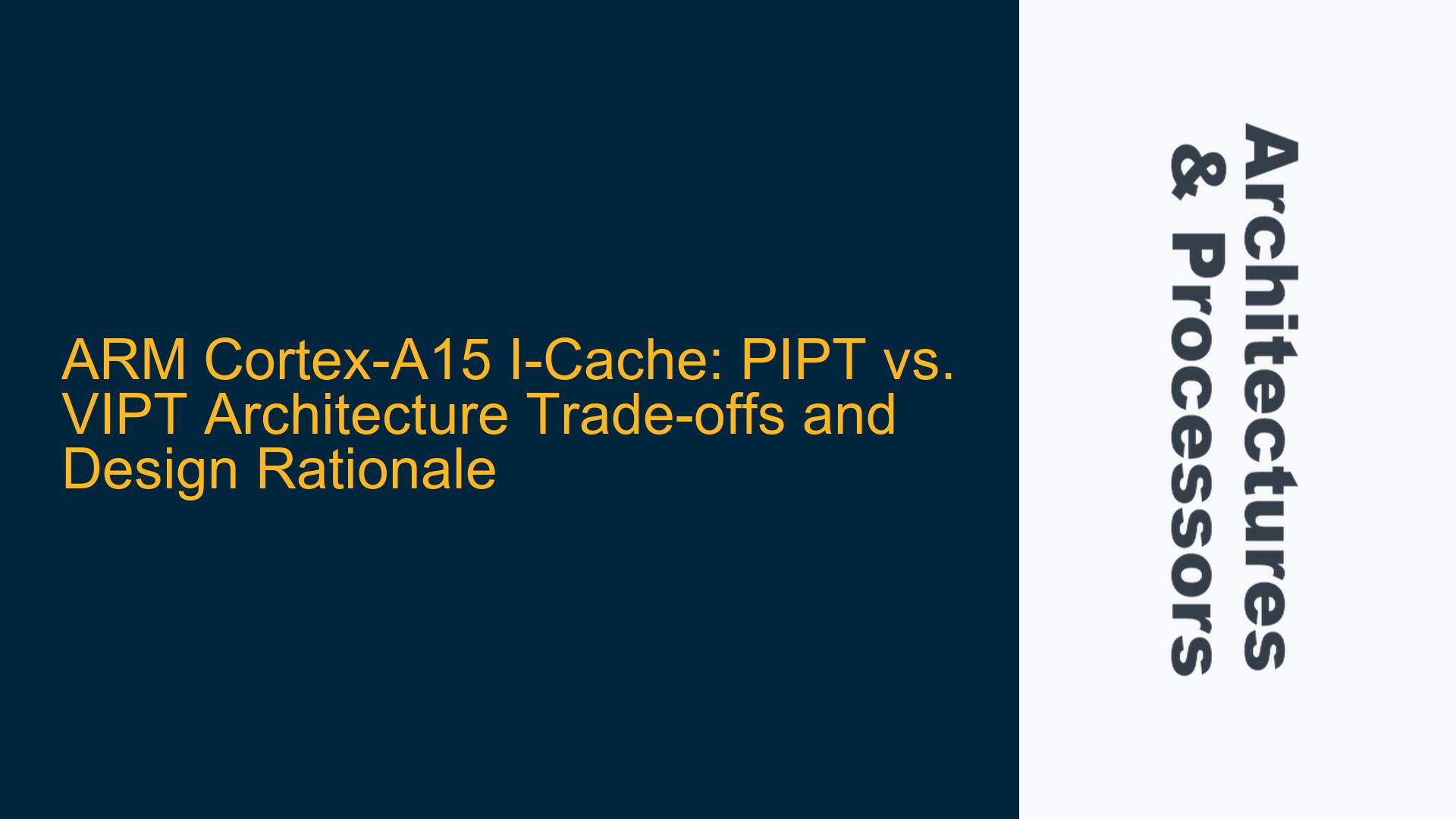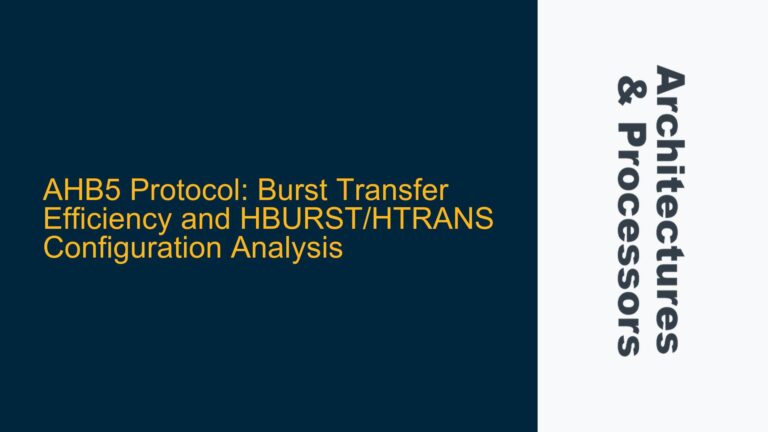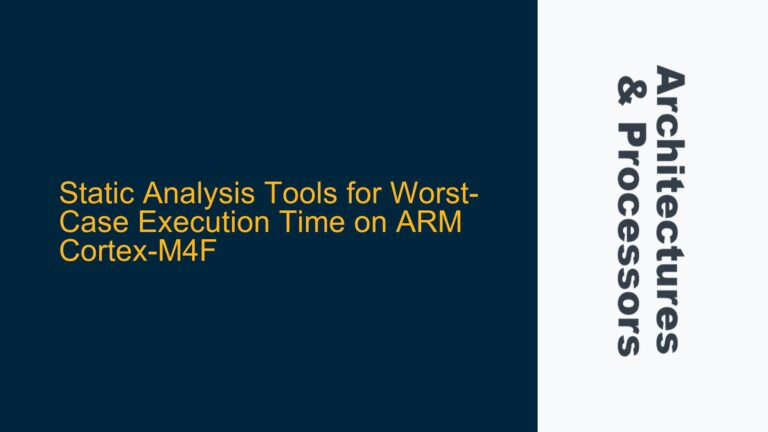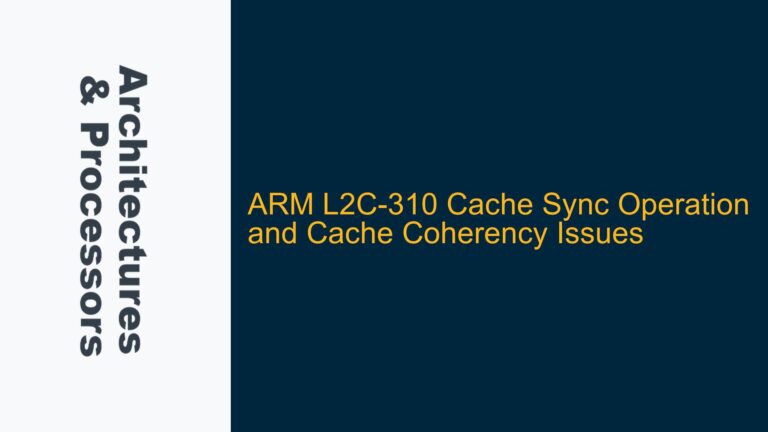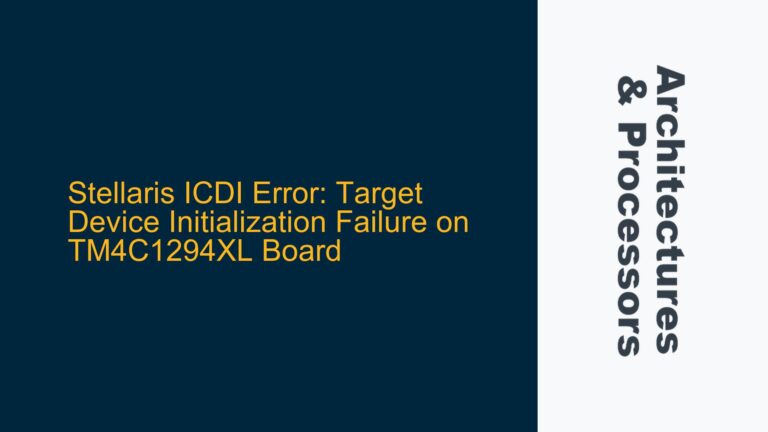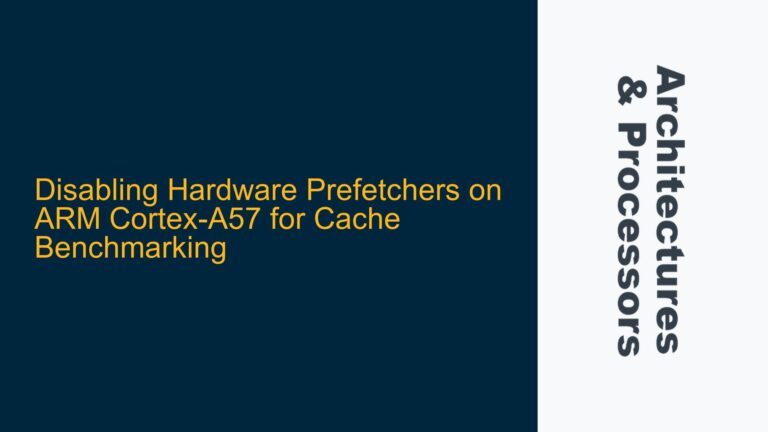ARM Cortex-A15 I-Cache PIPT Implementation and Its Implications
The ARM Cortex-A15 processor employs a Physically Indexed, Physically Tagged (PIPT) cache architecture for its instruction cache (I-Cache), which stands in contrast to the Virtually Indexed, Physically Tagged (VIPT) cache architecture used in many other ARM Cortex-A series processors. The choice of PIPT over VIPT for the Cortex-A15 I-Cache is a deliberate design decision that reflects a trade-off between power efficiency, performance, and complexity.
In a PIPT cache, both the index and tag are derived from the physical address, eliminating the possibility of aliasing issues that can arise in VIPT caches. Aliasing occurs when multiple virtual addresses map to the same physical address, leading to potential inconsistencies in the cache. While VIPT caches can avoid aliasing problems by ensuring that the index bits do not overlap with the page offset bits, this requires careful design and can introduce additional complexity.
The Cortex-A15’s PIPT I-Cache simplifies the cache coherency and consistency mechanisms, as there is no need to handle virtual-to-physical address translation for cache lookups. This simplification can lead to more predictable performance, particularly in systems with complex memory hierarchies and multiple cores. However, the trade-off is that PIPT caches typically consume more power than VIPT caches, as they require a full physical address for cache access, which involves additional address translation steps.
The Cortex-A15’s design prioritizes performance and consistency over power efficiency in this context, reflecting its target use cases in high-performance applications where cache coherency and low-latency access are critical. The PIPT I-Cache architecture ensures that the processor can handle complex workloads with minimal risk of cache-related performance bottlenecks, making it well-suited for applications such as mobile computing, networking, and automotive systems.
Power Efficiency vs. Performance: The VIPT and PIPT Trade-off
The choice between VIPT and PIPT cache architectures involves a fundamental trade-off between power efficiency and performance. VIPT caches are generally more power-efficient because they allow cache access to begin before the full physical address is available, reducing the latency and energy consumption associated with address translation. This is particularly beneficial in systems where power consumption is a critical concern, such as mobile devices and embedded systems.
However, VIPT caches introduce the potential for aliasing issues, where multiple virtual addresses map to the same physical address, leading to cache inconsistencies. To mitigate this, VIPT caches must ensure that the index bits used for cache access do not overlap with the page offset bits, which can complicate the cache design and increase the risk of performance degradation in certain scenarios.
In contrast, PIPT caches avoid aliasing issues altogether by using the physical address for both indexing and tagging. This simplifies the cache design and ensures consistent performance, but at the cost of higher power consumption due to the need for a full physical address translation before cache access can begin. The Cortex-A15’s use of a PIPT I-Cache reflects a design philosophy that prioritizes performance and consistency over power efficiency, aligning with the processor’s target use cases in high-performance applications.
The Cortex-A15’s PIPT I-Cache also benefits from the processor’s advanced power management features, which help to mitigate the additional power consumption associated with PIPT caches. These features include dynamic voltage and frequency scaling (DVFS), which adjusts the processor’s operating voltage and frequency based on the workload, and clock gating, which disables unused portions of the processor to reduce power consumption.
Addressing Cache Coherency and Performance in Cortex-A15
The Cortex-A15’s PIPT I-Cache architecture provides several advantages in terms of cache coherency and performance. By using physical addresses for both indexing and tagging, the PIPT I-Cache eliminates the potential for aliasing issues, ensuring that the cache remains consistent even in complex multi-core systems. This is particularly important in applications where multiple cores may access the same memory locations, as it prevents cache inconsistencies that could lead to performance degradation or incorrect results.
The PIPT I-Cache also simplifies the cache coherency mechanisms, as there is no need to handle virtual-to-physical address translation for cache lookups. This reduces the complexity of the cache control logic and can lead to more predictable performance, particularly in systems with complex memory hierarchies. The Cortex-A15’s cache coherency unit (CCU) is designed to work seamlessly with the PIPT I-Cache, ensuring that cache lines are properly invalidated and updated across all cores.
In addition to its benefits for cache coherency, the PIPT I-Cache architecture also supports the Cortex-A15’s advanced branch prediction and instruction prefetching mechanisms. These features rely on accurate and consistent cache access to ensure that the processor can efficiently execute instructions with minimal stalls. The PIPT I-Cache’s consistent performance characteristics make it well-suited for these mechanisms, contributing to the Cortex-A15’s overall performance and efficiency.
The Cortex-A15’s PIPT I-Cache architecture is a key factor in the processor’s ability to handle complex workloads with high performance and reliability. By prioritizing cache coherency and consistency over power efficiency, the Cortex-A15 is able to deliver the performance required for demanding applications, while still benefiting from advanced power management features that help to mitigate the additional power consumption associated with PIPT caches.
In conclusion, the ARM Cortex-A15’s use of a PIPT I-Cache reflects a deliberate design choice that prioritizes performance and consistency over power efficiency. This decision aligns with the processor’s target use cases in high-performance applications, where cache coherency and low-latency access are critical. The PIPT I-Cache architecture simplifies cache coherency mechanisms, supports advanced performance features, and ensures consistent performance, making it a key component of the Cortex-A15’s overall design.
